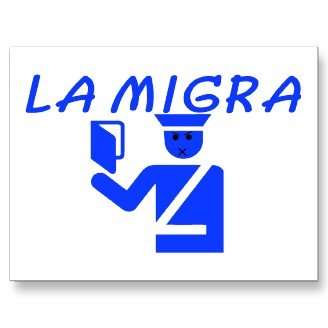Freelancing as a translator or in any other industry requires an expert level of time management. Many people mistakenly believe this means figuring out how to make themselves work as much as possible within a given day or week — which is really just figuring out how to fight procrastination, or how to make yourself into a workaholic, depending on how far you take it. The truth is, time management as a freelance professional means understanding what you need to get out of each day, and making sure you achieve it regularly, if not every day.
For some freelancers, their time is best divided on a per-project basis (“I want to finish this large translation by the end of the week”, or “I’d like to get these three small assignments done today.”) For others, organizing their time in hourly increments makes more sense. The latter group of freelancers might think of their work time in terms of hourly rates, while the former group may simply set productivity goals. However a freelancer chooses to mentally organize their time, getting it organized for the purpose of setting — and meeting — personal goals is the first step.
Another important aspect of managing your time effectively is to have an honest, one-to-one chat with yourself about how well you work with distractions. Especially with translation work, freelancing can require a significant focus at some times and, let’s be honest, less focus other times. Knowing which type of project you’re accepting, or getting ready to begin, is essential in planning your time. If you receive a highly technical job, for instance, you may want to make sure beforehand that your work time will be uninterrupted. On the other hand, if it’s a job that you can easily knock out on a tablet or smartphone while riding the subway, or at home while watching a toddler, then go for it. The trick is to be honest with yourself about how much quiet you need to work and how much focus a particular job requires, and then plan the day or week ahead of time.
One final thing to consider is the paradoxical role that technology plays in your life as a freelancer and as a person living in the 21st century. With the plethora of tools out there to help people get their work done faster and easier, technology can also seem like the modern, adult version of a kid knocking at door asking you to come out and play. The fact that freelance translators spend their working hours in front of a screen certainly doesn’t help. What seems to work for many freelancers is setting reasonable — not overly optimistic — goals. “I won’t check Facebook or headlines for the next hour,” for example, or limiting social media/break times to a predetermined number of minutes, and sticking to it. If you can’t go eight or nine hours without partaking in these distractions, then allow yourself to do it with strict limitations so that it doesn’t get out of hand.
 Free image courtesy of FreeDigitalPhotos.net
Free image courtesy of FreeDigitalPhotos.net
Quick tips to organize your time
- Schedule your day
- Avoid distractions
- If you work at home, let your family and friends know your working hours so that they don’t disturb you
- Use a calendar
- Track your time
- Choose the best time of the day to work
- Take small breaks





